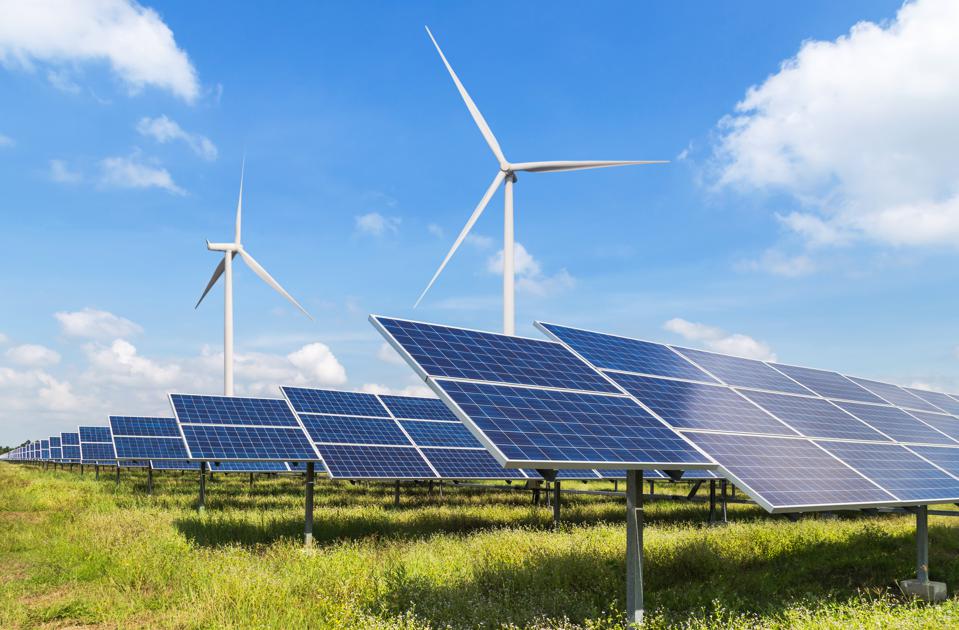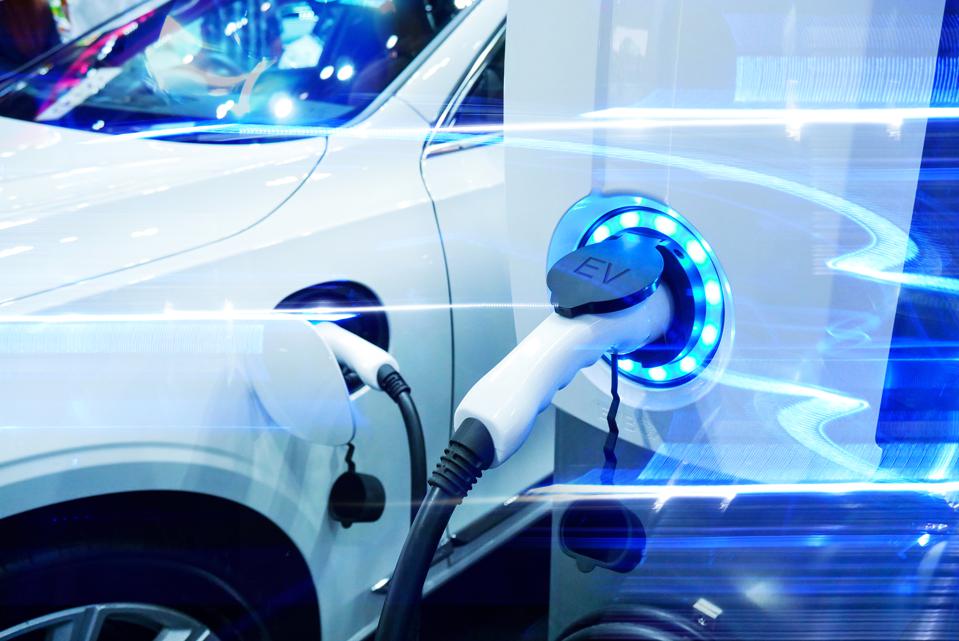Climate Action: Why We Must ALL Invest In Solutions To Save Our Planet

A version of this post first appeared on Forbes.com
by Kristen Kammerer, Founder & CEO, Gen E

We’ve reached a tipping point on climate change. In the United States, 72% of adults think global warming is happening, and 80% of 18-29 year olds think it’s a major threat to life on Earth. There’s no question that the future will be climate-friendly once Millennials and Gen Zs fully take the reins.
But we can’t wait for the future to solve our problems, because we have just over 7 years left before we deplete our carbon budget and crash into the best worst-case-scenario of a global temperature that is 1.5 degrees Celsius above pre-industrial levels. For even a chance to meet that target, we must start drastically cutting emissions now and taper down to zero by 2050.
The costs to get there are estimated to be $1-2 trillion per year, which is about 1-1.5% of global GDP. The cost of doing nothing will be much higher, particularly when factoring in the social costs associated with loss of lives, species, health, and habitats. Yet, there is much to gain by taking climate action now despite any fear of high costs. In fact, an analysis from Project Drawdown that compared investment in climate solutions versus business as usual found that by taking action we’ll see a net savings of $74 trillion over the next thirty years.
We must act on climate change now and fast
Climate action must start now. The good news—we already have the solutions to address the climate crisis. Most pressing is to focus on the transition to 100% renewable energy, electrify transportation, and reform our food systems. Simultaneously, we must sequester much of the carbon lingering in our atmosphere by restoring and protecting natural carbon sinks through nature restoration and conservation.
Simply put, innovative climate solutions need significant, long-term investment from governments, corporations, and individuals. Below are some ways leaders are taking action.
Government Must Lead On Climate
Regulations and incentives are critical to catalyzing private sector investment in climate solutions. Fortunately, some US states and local governments are taking action into their own hands by passing climate-friendly legislation to curb greenhouse gases and set net zero emissions targets. So far, 23 states have set emissions targets with New York leading the way in its ambitious plan to reach net-zero economy-wide GHG emissions by 2050. Massive investment in wind and solar energy will be needed to hit these targets, with the mandate that 35% of clean energy and climate investment go to frontline, disadvantaged communities which bear the largest burden of pollution and environmental injustice.
California recently became the first US state to ban all new sales of gas-powered vehicles in an effort to reduce emissions from its largest source—the transportation sector. The move will help accelerate the state towards an emissions-free future by driving further investment into electric vehicle startups like Rivian, Tesla, and Lucid, the latter two also addressing the need for innovation in energy storage, a global market estimated to grow 122-fold by 2040 requiring $662 billion.

Additional benefits to virtually all governmental climate legislation will be seen through job creation to build both the infrastructure and capacity for an entirely new energy system. The proof is already in the data – two of the top three fastest-growing jobs in America are wind turbine technicians and solar photovoltaic installers.
Business is finally putting their money where their carbon is
Business plays a major role in global warming. It’s responsible for the majority of the problem, where at least 71% of global GHG emissions were caused by 100 companies. But business can also show real leadership by committing to and investing in solutions. And on that note, there’s some healthy competition happening among large corporations in the race to see who can transition to 100% renewables first. And we’re not talking net-zero which allows for controversial offsetting, but zero-zero, the kind that matters most.
Google’s pledge to run on 100% renewable energy by 2030 puts it in the lead, followed closely by Walmart looking to do the same by 2035 plus decarbonize its commercial vehicle fleet by 2040. In the financial sector, Morgan Stanley set a new bar to be net-zero across all its clients and projects by 2050. While not absolute zero, this is significant due to the part the firm plays in financing oil and gas projects – the driving force behind global warming. Make no mistake about it, carbon accounting is the new sustainability. And thanks to innovators like Climate TRACE, which uses AI and satellites to pinpoint both quantity and sources of human-caused emissions, greenwashing will be a thing of the past.
We’re also seeing new climate funds emerge from corporations, committing real money to invest in fledging climate innovation. Amazon ($2B), Microsoft ($1B), and Stripe ($1M) are a few notables investing in startups from EVs to hotly debated carbon capture technologies.
And there are plenty of opportunities to invest in exciting innovations happening across every sector. Food systems, for example, account for at least 20% of global emissions (though it’s likely much more when deforestation is factored in). Regenerative ocean farming creates new jobs where many have been lost due to overfishing, and growing kelp sequesters carbon and provides a sustainable source of plant-based food, all while requiring minimal resources. In addition, startups like Impossible and Beyond Meat have become mainstream, highlighting consumer demand for more climate-friendly food options. Finally, working to reduce food waste through technology built to optimize and coordinate logistics from farm to plate would significantly reduce emissions and more efficiently leverage the enormous share of resources allocated towards food systems.
How’s saving the planet for an ROI?
The planet needs philanthropic support more than ever. In the US, only 3% of philanthropy goes to the environment, a mind-boggling figure considering the climate crisis is the greatest threat of our lifetime. The scale of solutions is so large that government funding and business investment alone can’t address it.

This is why individuals must also prioritize climate action. Financially supporting environmental and climate nonprofits, second to voting, is arguably the most impactful way to be part of the solution. A few examples include:
- Investing in nature to help protect 30% of the planet’s land and water by 2030—a widely accepted initiative critical to restoring biodiversity loss and carbon sinks
- Supporting frontline communities fighting for their basic rights to clean air and water
- Funding Indigenous communities which protect 80% of biodiversity within their lands
- Donating to groups fighting to ban single-use plastics and keep our oceans and rivers clean
These causes don’t get the attention of Wall Street or venture capitalists, but without the nonprofits tackling these issues, there is no future to discuss.
New innovation is being developed every day to solve the climate crisis, whether from lean nonprofits to inventors of industrial-scale technology. All we need now is the sheer will of humans across every level of society to reallocate capital towards a clean, green, regenerative, and just economy.



